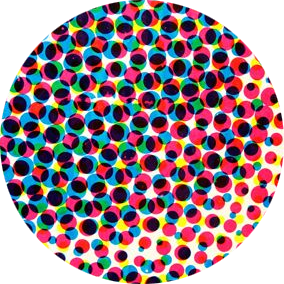Graphic High Fantasy in Jeff Smith’s “Bone”

As previously argued, #Bone exists within a rich tradition of high fantasy, but the specific context of Smith’s visual articulation of the valley and its denizens through the lexicon of comics art offers something new and compelling to a longstanding and much-loved genre. 1/12




“Normal prose, on the other hand, has a slight delay while the action is described, and the reader waits for the end of the sentence to picture the event in his or her mind.” 5/12

This immediacy is pivotal to the scope of Bone, something that cannot be measured in words or pages or volumes, but in the wealth of emotional nuance that an expert cartoonist is able to wring from the deft application of his (mostly) minimalist style. 6/12

High fantasy, of course, prizes itself on world-building. This is a big part of why the genre is perhaps best-known for enormity: huge books, long series, expansive details far beyond the ambitions of Joyce, Dickens or (pick your favorite) Bronte. 7/12

Even silent background characters in Bone say something through their expression and posture and gesture, making the very concept of “silent” somewhat misleading. They are always speaking, always articulating, always contributing threads to the fabric of Smith’s world. 8/12

And while the Bone cousins are roughly anthropomorphic, Smith is particularly gifted at building visual characterization from non-humanoid characters. We might here single out his “rat creatures” for their delightful expressiveness, despite bizarre anatomy. 9/12

Furthermore, Bone draws on the comic strip tradition to imbue the normally grim and humorless high fantasy genre (largely informed by Tolkien’s horrific WWI experiences) with the kind of slapstick comedy and cheek that one would find in the Sunday funny pages. 10/12

Instead of breaking the tone of the series, this approach can be seen to enhance the stakes of Bone by providing a deeper attachment to the characters and a joy to fear losing, one that may also disarm the reader ahead of the heavier darkness that the heroes must oppose. 11/12

All told, the visual high fantasy of Bone is worth considering within the context of the broader fantasy genre, as are the great many works of graphic high fantasy that have since tread a similar path, leading to what is now, essentially, a genre of its own. 12/12
